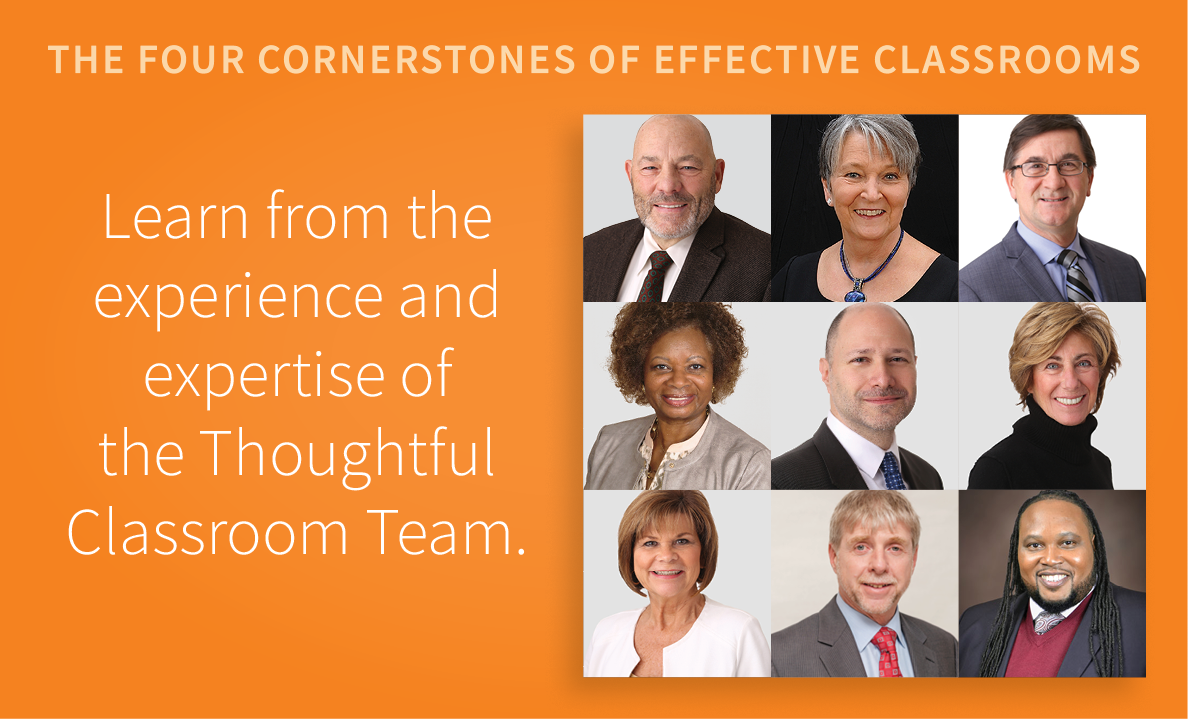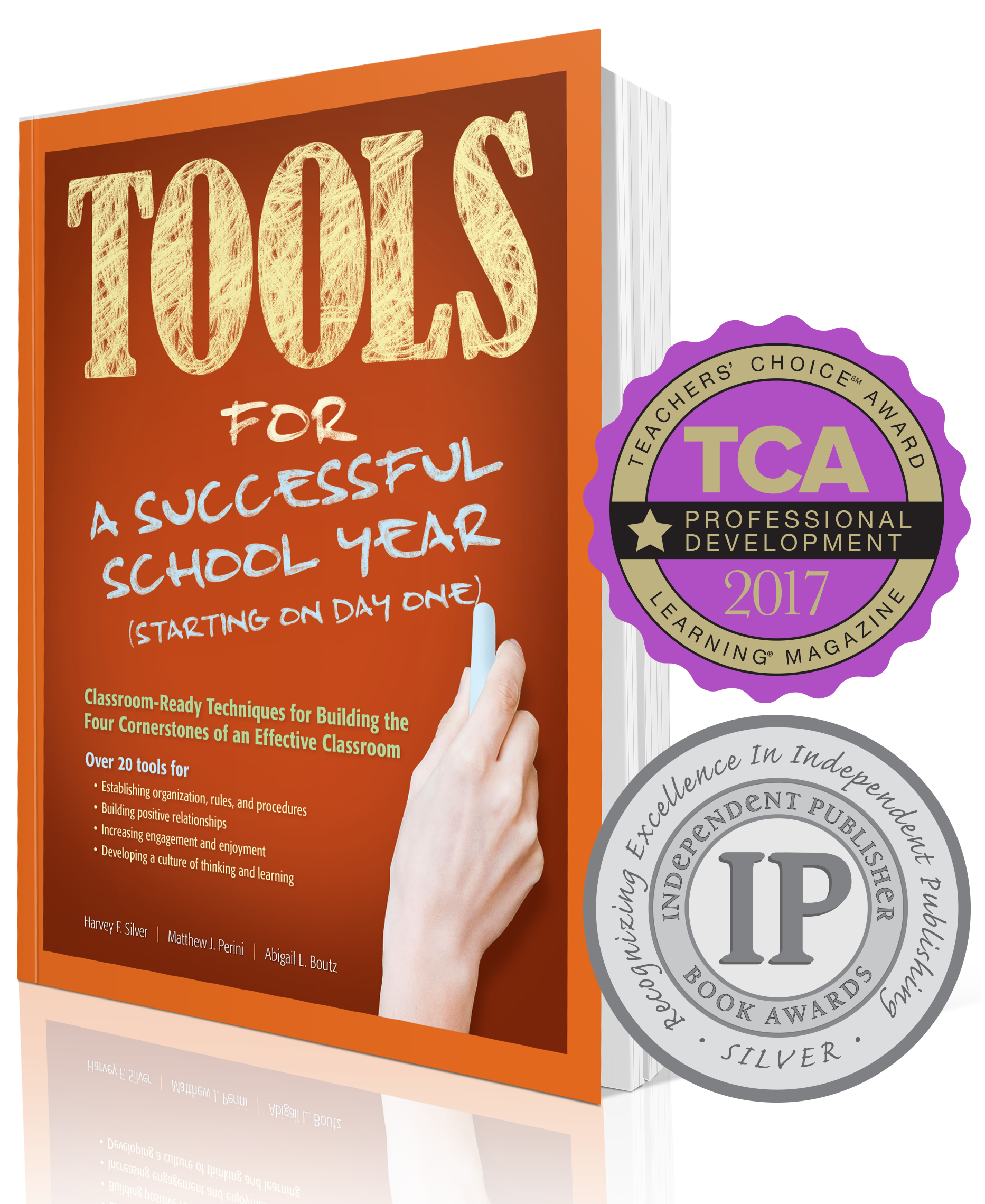Building a Successful Classroom Foundation
| by Harvey F. Silver | June 1, 2023 |
Look at these two structures.

What’s the difference between the Great Pyramid of Giza, built more than 4,500 years ago, and the Leaning Tower of Pisa, which started tilting five years after it was built? Clearly, a key difference is the foundation upon which each of these famous structures was built.
The strength of a structure lies in its foundation. Of course, strong foundations do not just support buildings; strong foundations allow businesses to thrive, families to flourish, and sport teams to compete at the highest levels.
UCLA basketball legend John Wooden has won more National Championships than any other coach. According to Coach Wooden, “Any structure must have a strong foundation. The cornerstones anchor the foundation. For some reason, the cornerstones that I chose to begin with I never changed.”
What’s true for builders and businesspeople and basketball teams is every bit as true for educators: The strength of any classroom lies in the foundation—in the cornerstones that a teacher builds collaboratively with students. But wishing doesn’t make it so. To build a strong classroom foundation for successful learning, teachers need to engage in “wish craft,” which is certainly not to be confused with witchcraft.
What is wish craft? Well, it starts with the end in mind, with visualizing what you want your classroom to look and sound like. At the heart of your vision should be student success—and student success, as we know, doesn’t come through wishing. Setting a foundation for student success begins on day one when you first greet your students at the door of your classroom. It’s something you plan for and build. It’s not an overnight task. After all, it takes a builder longer to lay the foundation than it does to raise the walls of a structure.
”The strength of any classroom lies in the foundation—in the cornerstones that a teacher builds collaboratively with students.”
So, what are the most important foundations of a highly effective classroom—the kinds of built-in learning supports that help turn our wishes for student success into everyday reality?
A few years back, we sought to answer this question. We started with the research, looking for the commonalities across a wide range of literature and frameworks related to successful learning environments. And then we brought a large group of educators, parents, business leaders, and students together, with the goal of “making the research real.” After generating dozens of specific indicators of highly successful classrooms drawn from the research and from our team’s experience, we grouped and labeled those indicators. What we uncovered through this process are four universal attributes that characterize all successful classrooms. We call these attributes The Four Cornerstones of Effective Classrooms (Silver, Perini, & Boutz, 2016). These are the Four Cornerstones:
- Organization, Rules, and Procedures
- Positive Relationships
- Engagement and Enjoyment
- A Culture of Thinking and Learning
For each cornerstone we developed an essential question that began with the word “How.” Why is this important? Because we didn’t want The Four Cornerstones to be to be a “what” framework that simply laid out indicators for defining classroom success; we were more interested in engaging teachers in a conversation about how they go about building these Four Cornerstones.
Here are the Four Cornerstones and their essential questions:
1. Organization, Rules, and Procedures
How can I organize my classroom to enhance learning and establish rules and procedures that clarify expectations?
2. Positive Relationships
How can I build meaningful relationships with students and among students to promote learning?
3. Engagement and Enjoyment
How can I motivate students to do their best work and inspire the love of learning?
4. A Culture of Thinking and Learning
How can I develop a classroom culture that promotes serious learning and sophisticated forms of thinking?
Notice how every one of the questions not only begins with how, but also includes the most important word of all—the word that is the very reason for what we do: learning.
Our next step was to think through what the ultimate goal of each cornerstone is. For Organization, Rules, and Procedures, the goal is to develop a classroom that helps students become competent and self-directed learners. The goal for Positive Relationships is to help our students become caring contributors to the classroom culture, and ultimately, to their communities beyond the classroom. For Engagement and Enjoyment, our goal focuses on developing curious students who learn because they want to, because they are inspired by thinking and discovering and adding to their understanding. And for A Culture of Thinking and Learning, the goal is to foster the habits of mind and thinking skills that students need to be critical thinkers and active meaning makers.
Even more important to our concept of a how model is that The Four Cornerstones framework is more than a framework. It’s also a toolbox. To help teachers develop and reinforce the Cornerstones so they can achieve these ambitious goals, we identified specific instructional tools that can be easily integrated into any classroom. These tools are collected in our bestselling text, Tools for A Successful School Year. And more recently, we have developed The Four Cornerstones of Effective Classrooms Online Suite, which provides schools with a powerful way of designing professional development around the The Four Cornerstones and instructional tools for putting them in place. Whether the format is print or digital, the big idea is the same: With the right tools, teachers can establish the foundations that support positive behavior and high levels of learning all year long.
We end with the words of Pramila Srivastava, a renowned organizational specialist, who reminds us that without strong foundations in place, “the skyscrapers of our dreams will not stand. Our achievements depend upon the foundations we build.”

The Four Cornerstones of Effective Learning Environments
When it comes to student behavior and achievement, the classroom environment you establish makes all the difference.
Build and reinforce a successful learning culture with simple, practical tools for
- Establishing organization, rules, and procedures.
- Building positive relationships.
- Increasing engagement and enjoyment.
- Developing a culture of thinking and learning.
References
Silver, H. F., Perini, M. J., & Boutz, A. L. (2016). Tools for a successful school year (starting on day one). Franklin Lakes, NJ: Silver Strong & Associates



